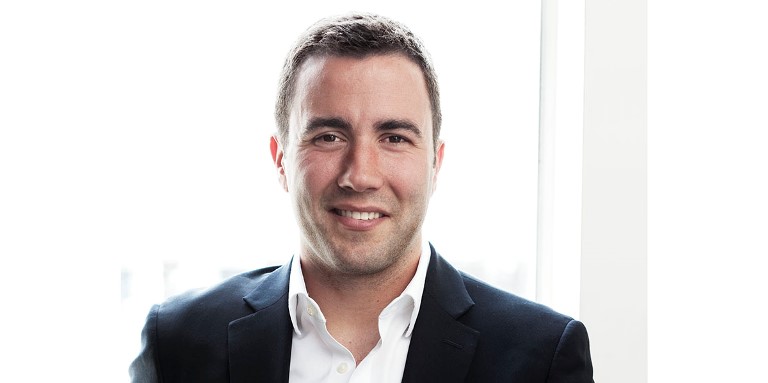As we all try to navigate our lives in the midst of the COVID-19 pandemic there is no doubt that the world will be forever changed and this includes how we live, and oftentimes work, at home. We asked Daniel Boffo, Principal of Boffo Properties, for his thoughts on the anticipated changes to how we design and live in our homes.
Q: The Boffo Properties team is currently working from home. How has your experience been working from home?
A: Over the past couple of weeks, I have had a good taste of what it’s like to try to work from home when the rest of your clan of 6 is running around the house, home schooling, and my office door has been taken down to be fixed (timing fail). It is chaos! But it reminds me of the timeless principle of designing homes that are not-one-size-fits-all. A home should be able to grow and change as its inhabitants move forward and prospect through life. But it is also a refuge for those same inhabitants that never changes in their emotional memory banks – echoing the timeless principle of always being able to go home.
Q: In this recent Dwell article, renowned architects and interior designers shared their perspectives on how the pandemic will change home design and how we live. One point that came up from a few of the experts was a move away from open concept living, what are your thoughts on this?
A: Avi Friedman, in his book “Room for Thought”, introduced me to the concept of rooms that function as areas of refuge (library reading nook) versus rooms that function as areas of prospect (front porch). This connecting the interiors to outer landscapes is echoed by Brian MacKay-Lyons in this article, and he reminds us that this crisis may actually be helping us rediscover the essence of this timeless principle. Architect Lisa Gray echoes this same principle through her project in Japan. I couldn’t agree more.
Q: You mention this principle being applied at Lisa Gray’s project in Japan. Given the extreme urban density of a city like Tokyo, what do you think we can learn from Japanese home design?
A: Through thoughtful and purposeful design, the Japanese have managed to protect the concepts of privacy, individual space (refuge), and real sensitivity to the relationship between the individual and the family, and the family and the neighbourhood (prospect). I believe that these homes also grow and adapt with the families that they house.
Q: This idea of refuge and prospect seems to be a reoccurring theme. How has this influenced you in your work as a Neighbourhood Builder?
A: I’ll end off with a quote from a friend who I think reflects the spirit that underlies our Neighbourhood Builder ethos. Our family has been fortunate to do this for our own homes, and have been entrusted to do this for others’ homes … “People who build their own home tend to be very courageous. These people are curious about life. They’re thinking about what it means to live in a house, rather than just buying a commodity and making it work.” – Tom Kundig. While always being respectful of the timeless principles of refuge and prospect in our homes, we will continue to remain curious and courageous with our work as we craft your future homes and build our future neighbourhoods.
